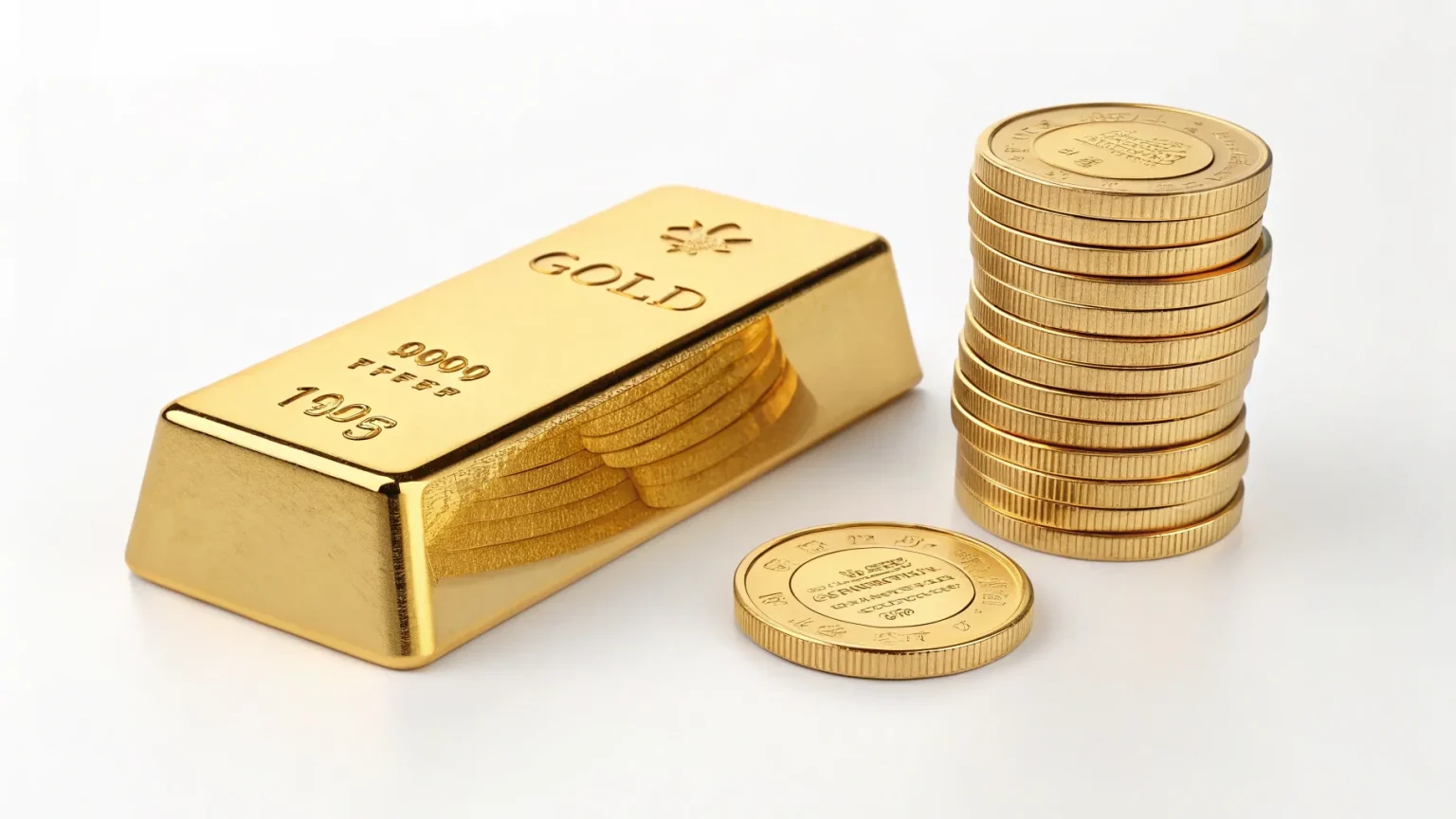Gold prices are being closely monitored by investors and economists as a potential indicator of the precious metal’s ability to serve as a hedge against inflation. Market analysts are examining current price movements to determine if gold can maintain its historical role as a store of value during periods of rising consumer prices.
The relationship between gold and inflation has long been a cornerstone of investment strategy, with many turning to the yellow metal during times of economic uncertainty. Today’s price movements may provide valuable insights into this relationship as inflation concerns remain at the forefront of economic discussions.
Current Market Performance
Gold is showing notable price action in today’s trading sessions, reflecting broader market sentiment about inflation expectations. The precious metal’s performance comes amid ongoing debates about monetary policy and its effects on purchasing power.
Market data suggests investors are weighing gold’s traditional appeal against other investment alternatives in the current economic climate. Trading volumes indicate significant interest in the asset class as market participants position themselves for potential inflation scenarios.
Historical Context
Gold has traditionally been viewed as an inflation hedge due to its limited supply and physical properties. During the high inflation periods of the 1970s, gold prices rose dramatically, reinforcing its reputation as a protection against currency devaluation.
However, this relationship hasn’t always been consistent. During some inflationary periods, gold has underperformed relative to expectations. These historical patterns provide important context for interpreting today’s price movements:
- During the 2008 financial crisis, gold initially fell before rallying as a safe-haven asset
- In the 2010s, gold prices declined despite quantitative easing programs
- Recent pandemic-era stimulus has coincided with renewed interest in gold
Expert Perspectives
Financial analysts remain divided on gold’s effectiveness as an inflation hedge in the current economic environment. Some point to the metal’s limited industrial applications compared to other commodities as a potential weakness.
“The correlation between gold and inflation isn’t always straightforward,” notes one market observer. “Factors like real interest rates, dollar strength, and central bank policies all influence how gold responds to inflationary pressures.”
Others maintain that gold’s millennia-long history as a store of value remains relevant. “Physical gold continues to offer portfolio diversification benefits that few other assets can match during periods of sustained inflation,” argues a commodities strategist.
Investment Implications
For investors considering gold as an inflation hedge, today’s price action represents just one data point in a complex analysis. Financial advisors suggest examining gold’s performance relative to other potential inflation hedges, including Treasury Inflation-Protected Securities (TIPS), real estate, and certain equities.
The opportunity cost of holding gold—which pays no interest or dividends—must also be weighed against alternative investments, particularly as interest rates adjust in response to inflation concerns.
Central bank gold purchases, which have increased in recent years, may also influence price dynamics independently of inflation trends. These institutional buyers often have strategic rather than tactical motivations for accumulating gold reserves.
As inflation concerns persist across global economies, gold’s price movements will likely remain under scrutiny. Whether the precious metal can deliver on its reputation as an inflation hedge will depend on multiple economic factors beyond today’s trading activity.







